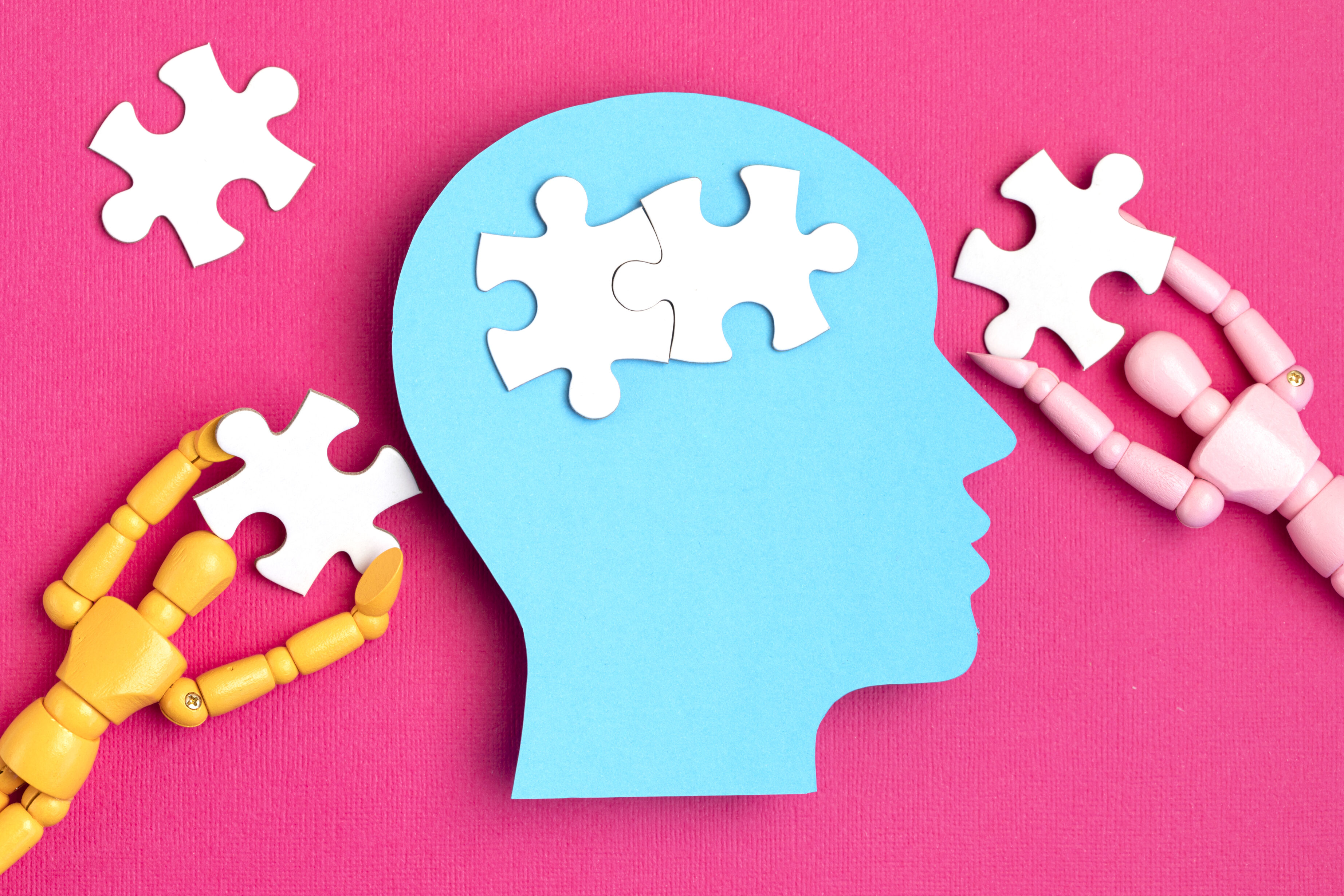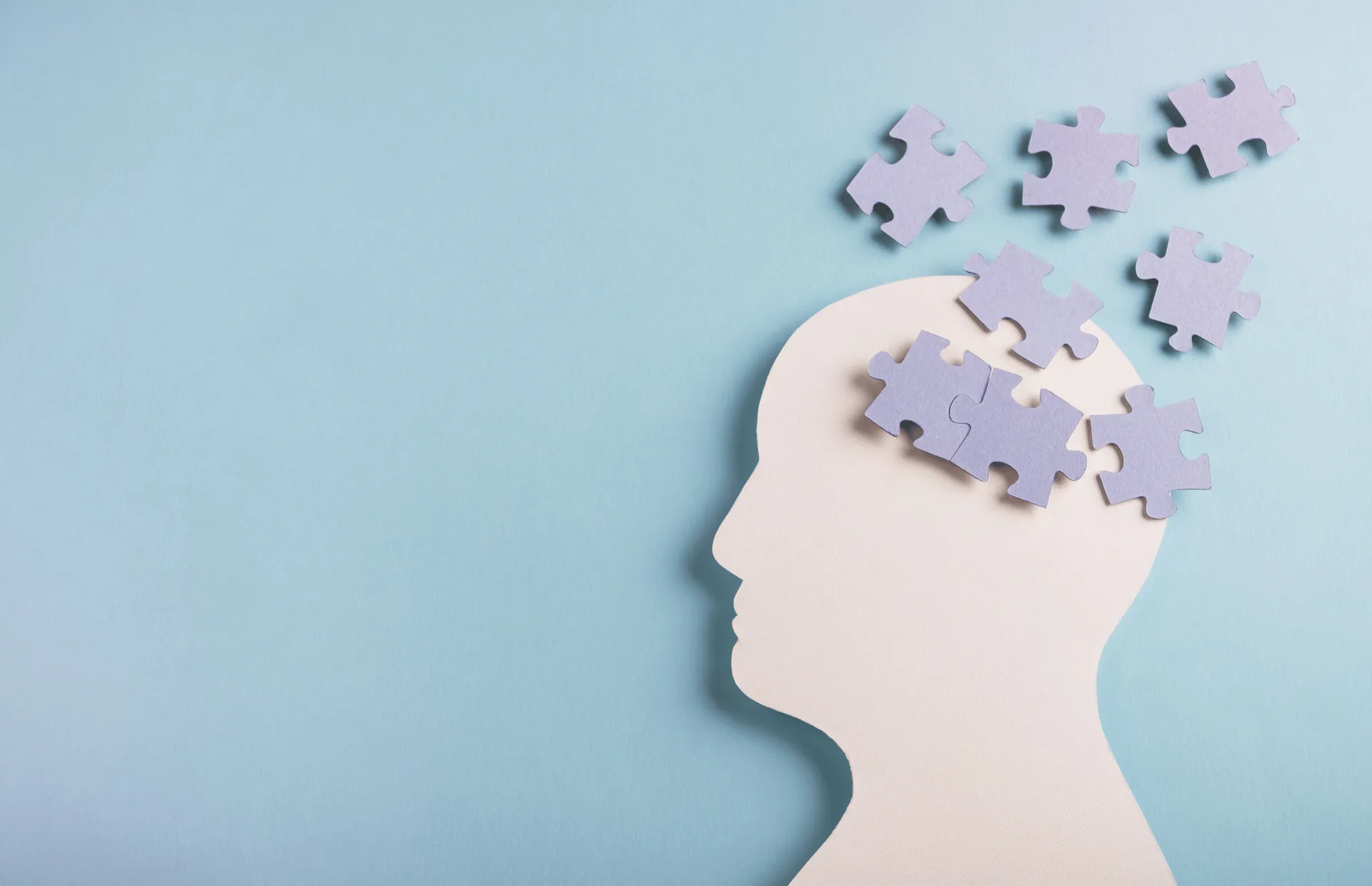Migraine is more than just headaches; they’re complex neurological events with a spectrum of symptoms affecting millions worldwide. Yet, pervasive myths and misunderstandings often lead to stigma, misdiagnosis, and inadequate care. This article aims to debunk these common myths, providing clarity and fact-based insights into the realities of living with migraine.
Myth 1: Migraine Are Just Bad Headaches
Truth: Migraine are a chronic neurological disorder characterized not only by severe headache but also by symptoms such as nausea, vomiting, sensitivity to light and sound, and visual disturbances known as aura. Unlike common headaches, migraine involve changes in brain activity and can be debilitating, lasting anywhere from 4 to 72 hours.
Myth 2: Only Adults Suffer from Migraine
Truth: Migraine can affect individuals of all ages, including children and adolescents. Pediatric migraine often go unrecognized due to the belief that children cannot experience such intense pain or because symptoms in children (such as abdominal pain) may differ from those in adults. Early recognition and treatment are crucial to managing symptoms and improving quality of life.
Myth 3: Migraine Are Caused by Mental Health Issues
Truth: While stress and anxiety can trigger migraine attacks, migraine are not caused by mental health disorders. Migraine are a biological condition with genetic and environmental factors playing significant roles in their development. However, it’s important to acknowledge the complex relationship between migraine and mental health, as those with migraine may have a higher risk of depression and anxiety.
Myth 4: Lifestyle Changes Alone Can Cure Migraine
Truth: While lifestyle modifications such as diet changes, regular exercise, and stress management can help reduce the frequency and severity of migraine attacks, there is no one-size-fits-all cure for migraine. Effective management often requires a combination of lifestyle adjustments, medication, and sometimes even behavioral therapy.
Myth 5: Over-the-Counter Painkillers Are Always the Solution
Truth: Over-the-counter (OTC) pain medications can provide relief for some people with mild to moderate migraine attacks. However, relying solely on OTC painkillers can lead to medication overuse headaches, worsening migraine symptoms over time. Prescription medications and preventive treatments are often necessary for those with frequent or severe migraine.
Myth 6: Migraine Are Not a Serious Condition
Truth: Migraine are a significant global health concern, ranked as the second most disabling condition by the World Health Organization (WHO). They can profoundly impact an individual’s quality of life, ability to work, and personal relationships. Understanding and treating migraine as a serious health condition is essential for improving outcomes and support for sufferers.
Shedding Light on the Truth
Debunking these myths is just the beginning of understanding the complex reality of migraine. Increased awareness, research, and empathy are vital in changing perceptions and improving the lives of those affected by this condition. By separating fact from fiction, we can foster a more informed and compassionate society that supports effective migraine management and care.









